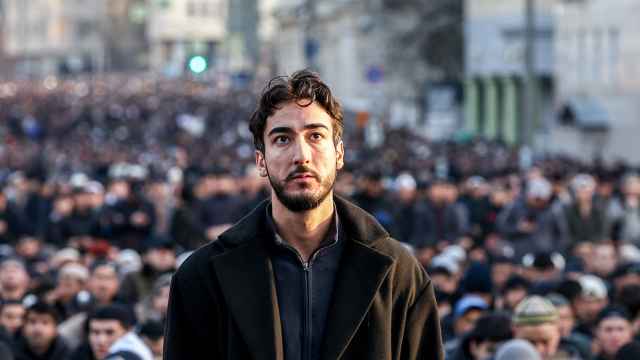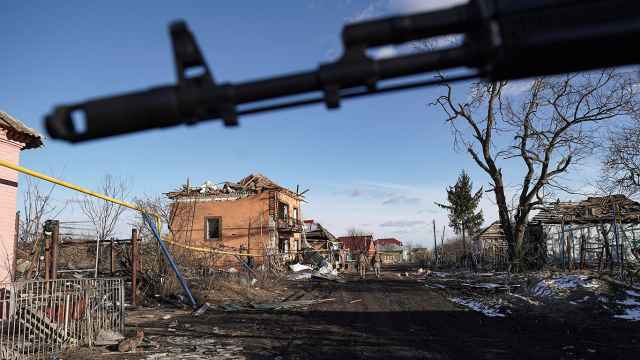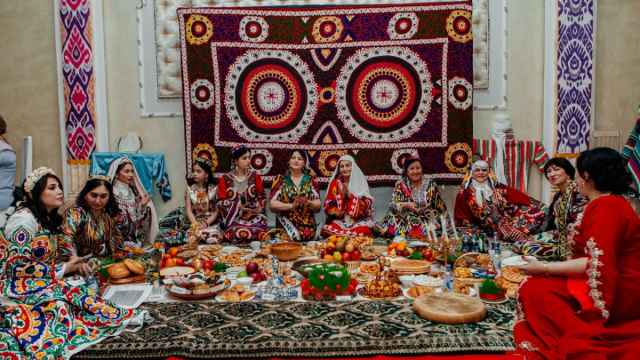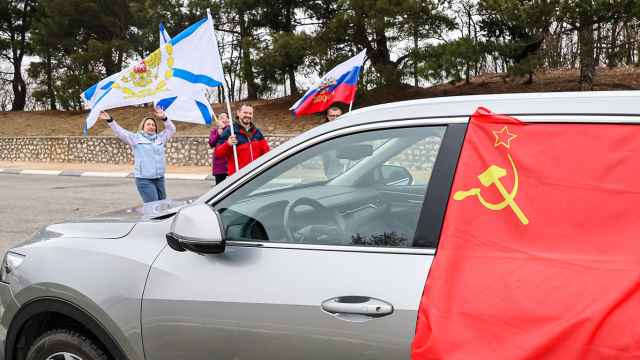In Photos: War Creeps Closer to Russia's Belgorod and Kursk Regions
As the war in Ukraine enters its 16th month, Russian regions on the country’s southwestern border have found themselves pulled ever deeper into the conflict, experiencing shelling, drone attacks and even armed incursions.
The frequency of the strikes on Russian border regions have revealed Moscow’s inability to ensure the security of its own territory.
The Belgorod and Kursk regions – both neighboring Ukraine – have been subject to intensified attacks in recent weeks as Kyiv prepares for a major counteroffensive against Russian forces.
While life continues in these regions, it is anything but normal. Residents are constantly reminded of the ongoing fighting by bomb shelter signs, posters with instructions on what to do in case of an artillery attack and military recruitment advertisements.
Here’s a closer look at scenes from Belgorod and Kursk.
The frequency of the strikes on Russian border regions have revealed Moscow’s inability to ensure the security of its own territory.
The Belgorod and Kursk regions – both neighboring Ukraine – have been subject to intensified attacks in recent weeks as Kyiv prepares for a major counteroffensive against Russian forces.
While life continues in these regions, it is anything but normal. Residents are constantly reminded of the ongoing fighting by bomb shelter signs, posters with instructions on what to do in case of an artillery attack and military recruitment advertisements.
Here’s a closer look at scenes from Belgorod and Kursk.
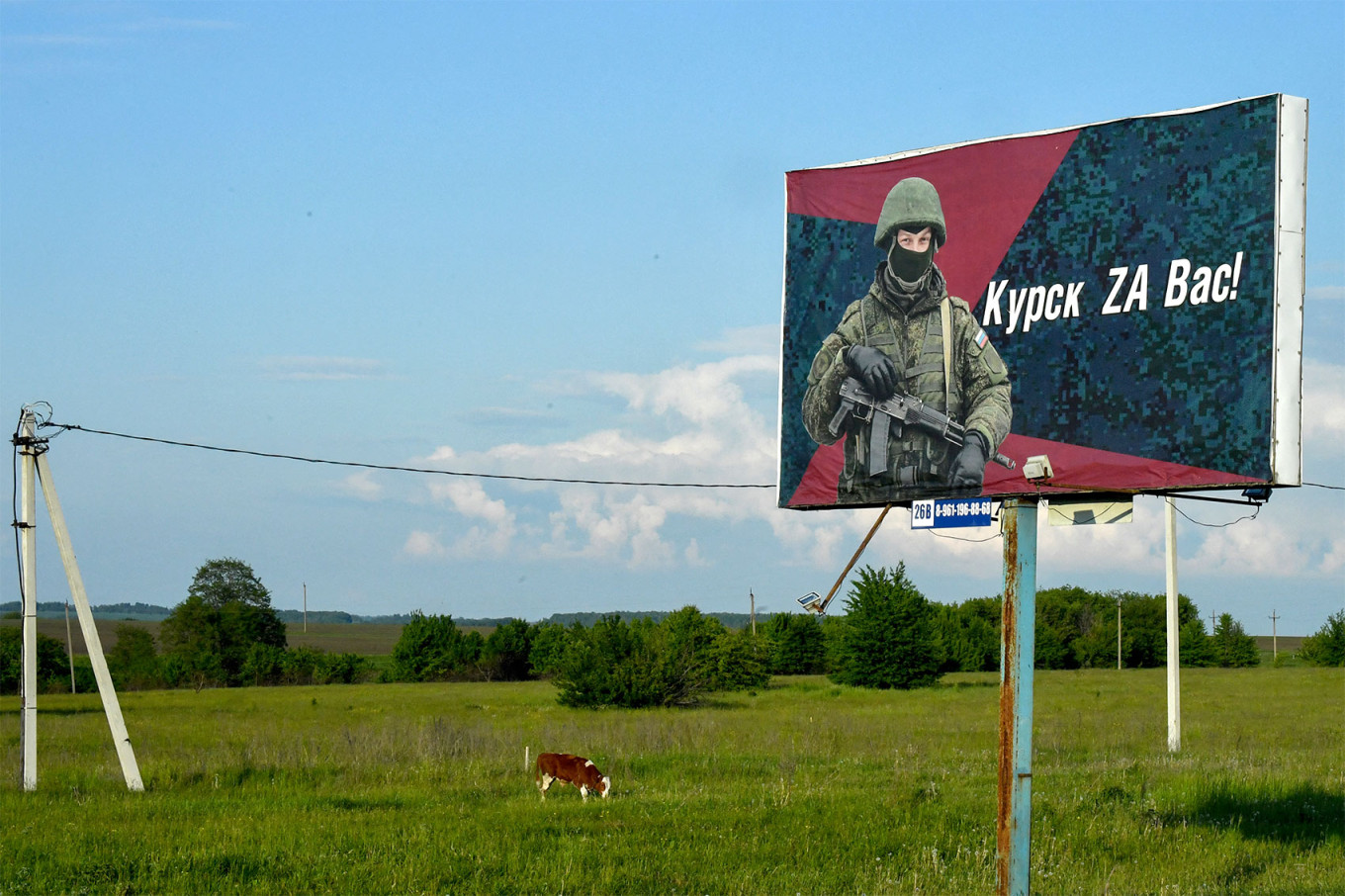
A sign reading "Kursk supports you!" with the letter Z — a militarist pro-war symbol — outside the village of Bolshoe Zhirovo in the Kursk region.
Olga Maltseva / AFP
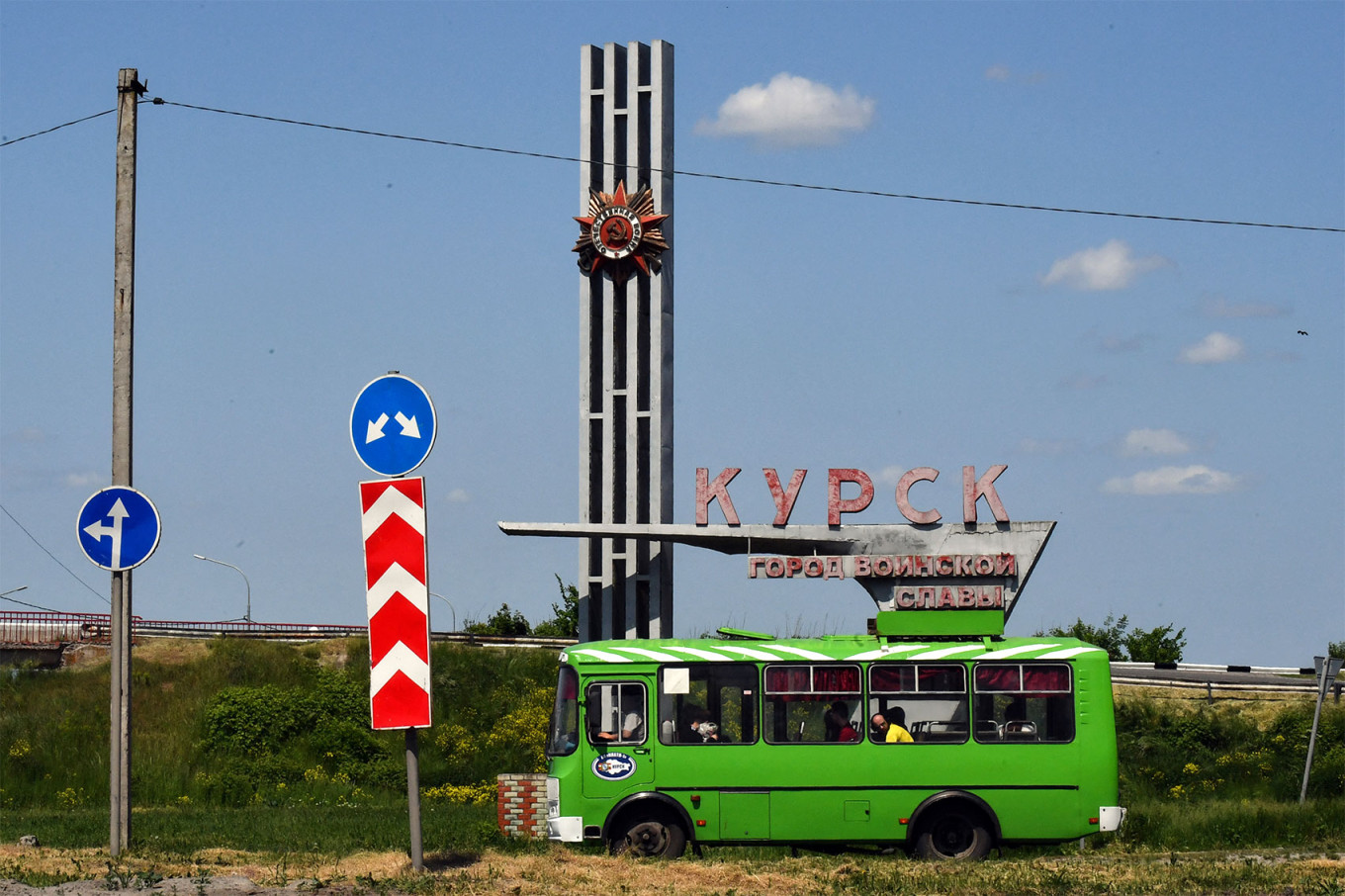
A bus drives past a Soviet-era sign that says "Kursk — the city of military glory."
Olga Maltseva / AFP
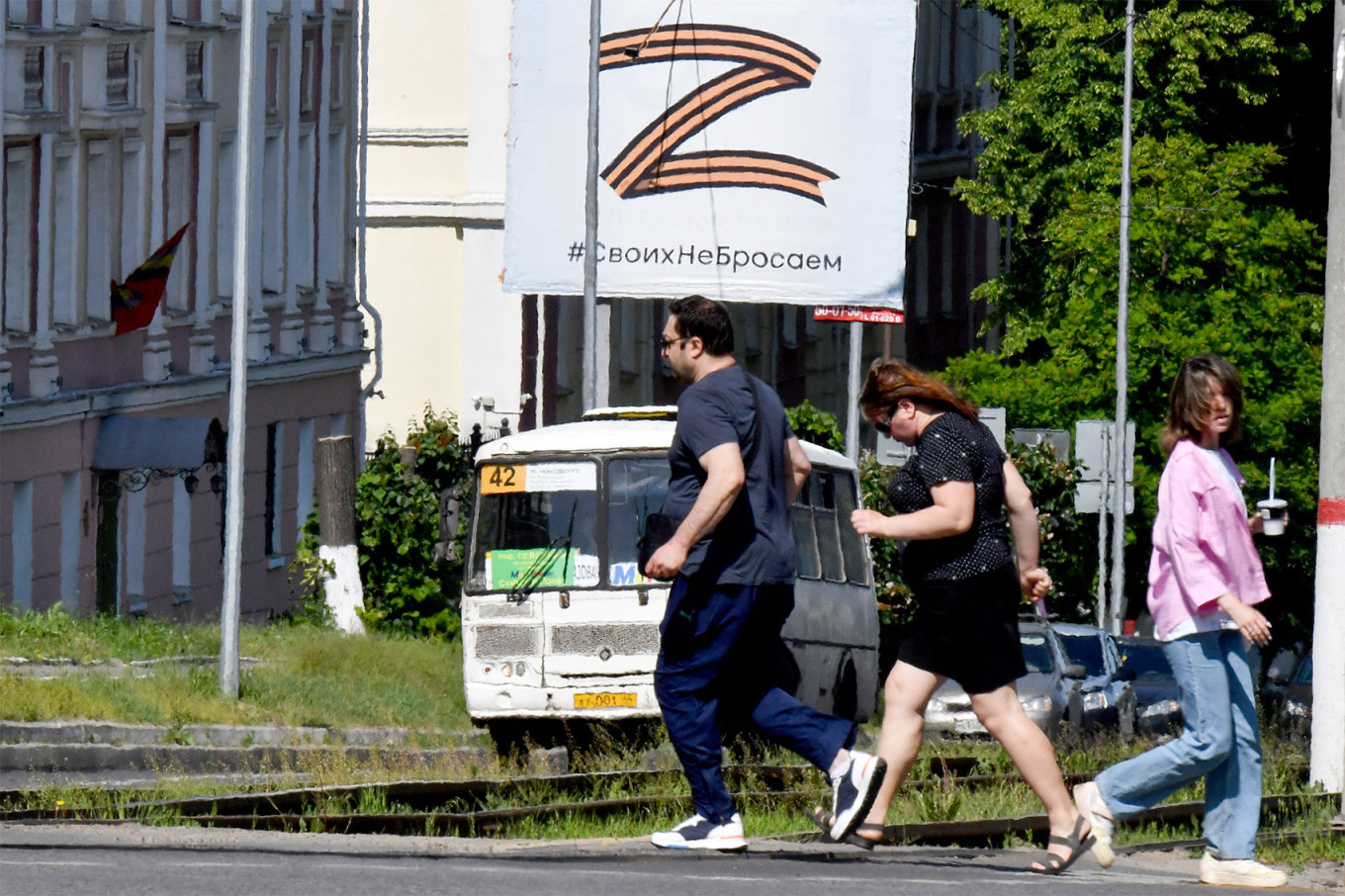
A sign with the pro-war Z in the colors of the St. Georgia's ribbon, a symbol of the Soviet Union's victory in World War II.
Olga Maltseva / AFP
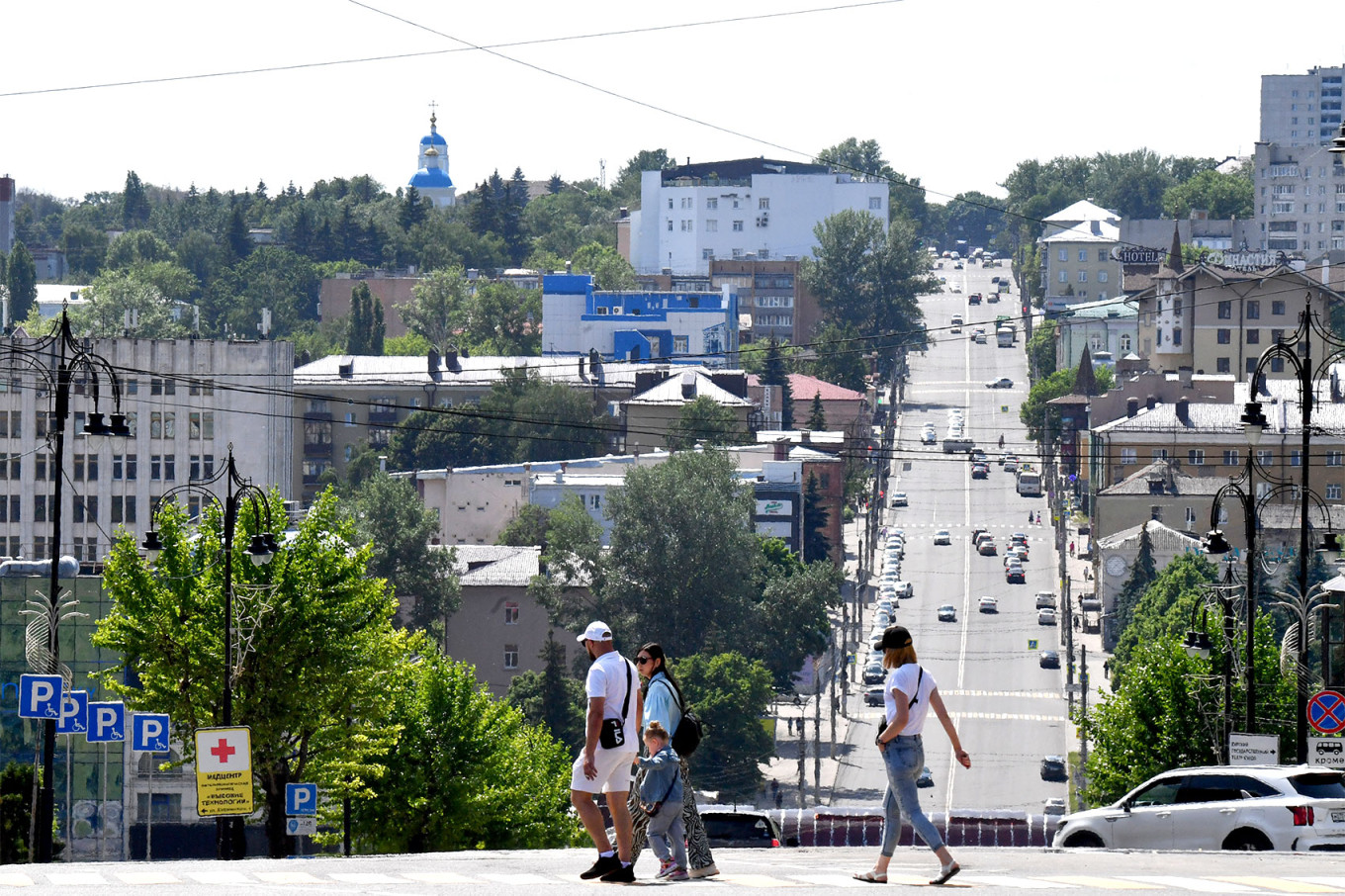
A street view in the city of Kursk.
Olga Maltseva / AFP
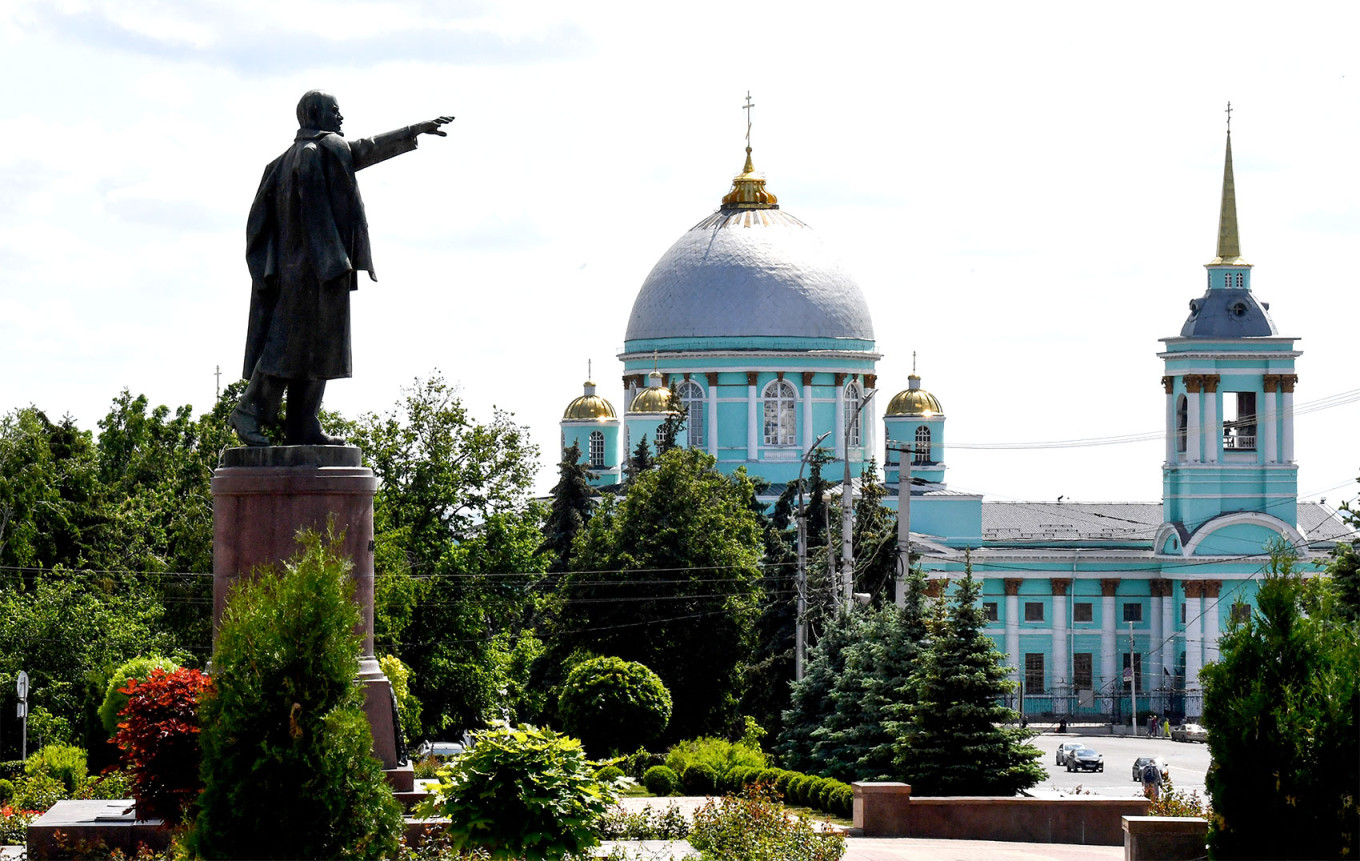
A monument of Vladimir Lenin across from Znamensky cathedral in Kursk.
Olga Maltseva / AFP
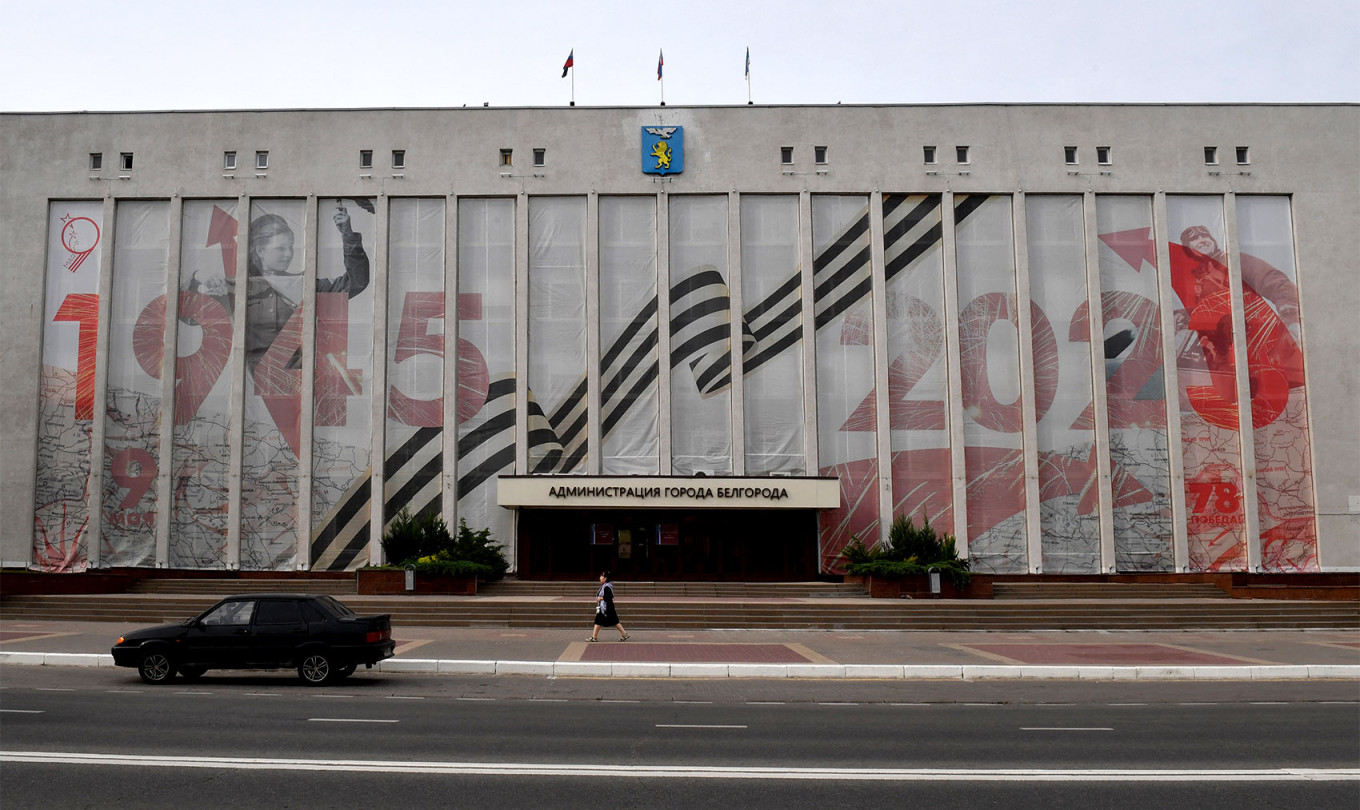
The city administration building in Belgorod.
Olga Maltseva / AFP
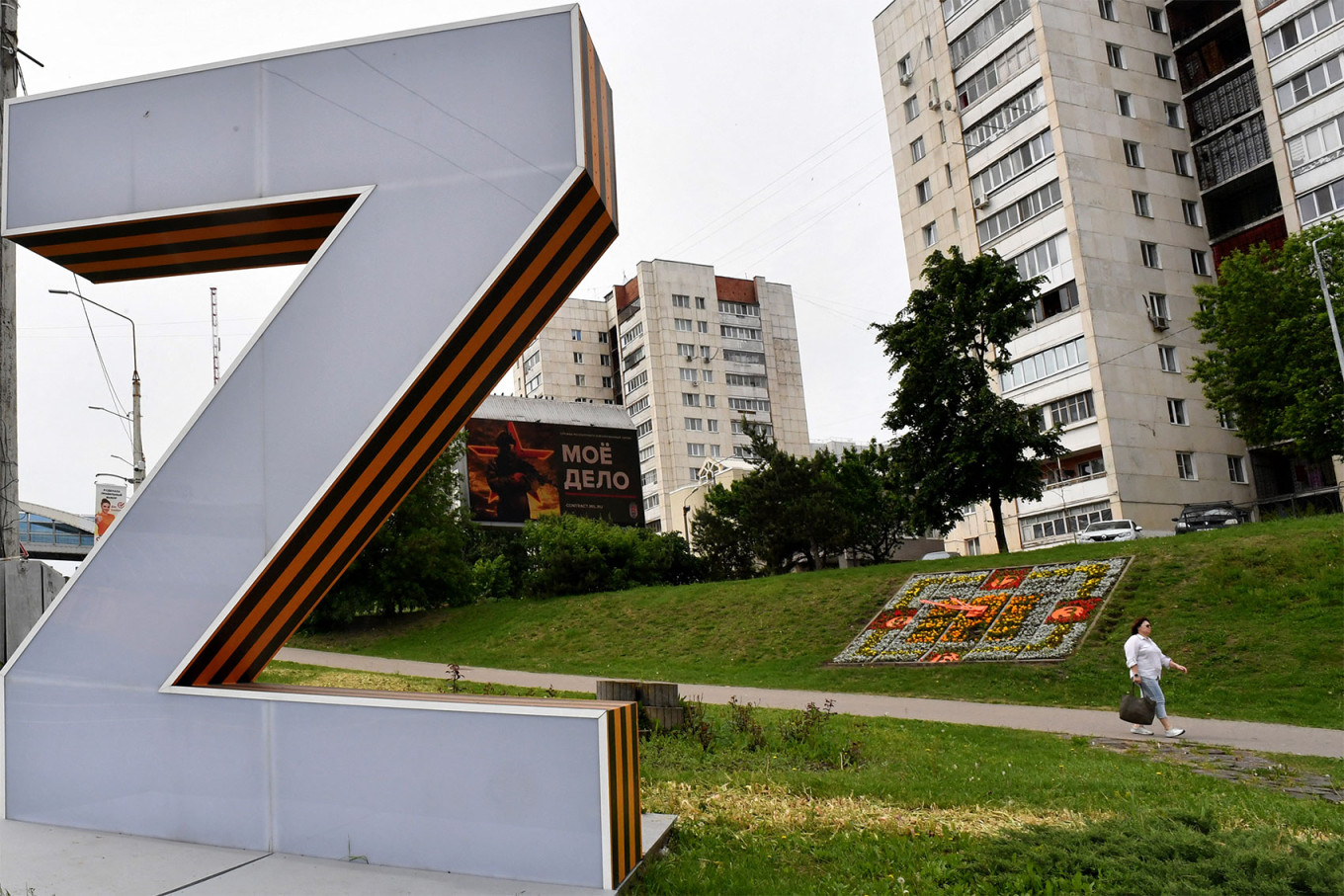
A woman walks past a giant Z in Belgorod.
Olga Maltseva / AFP
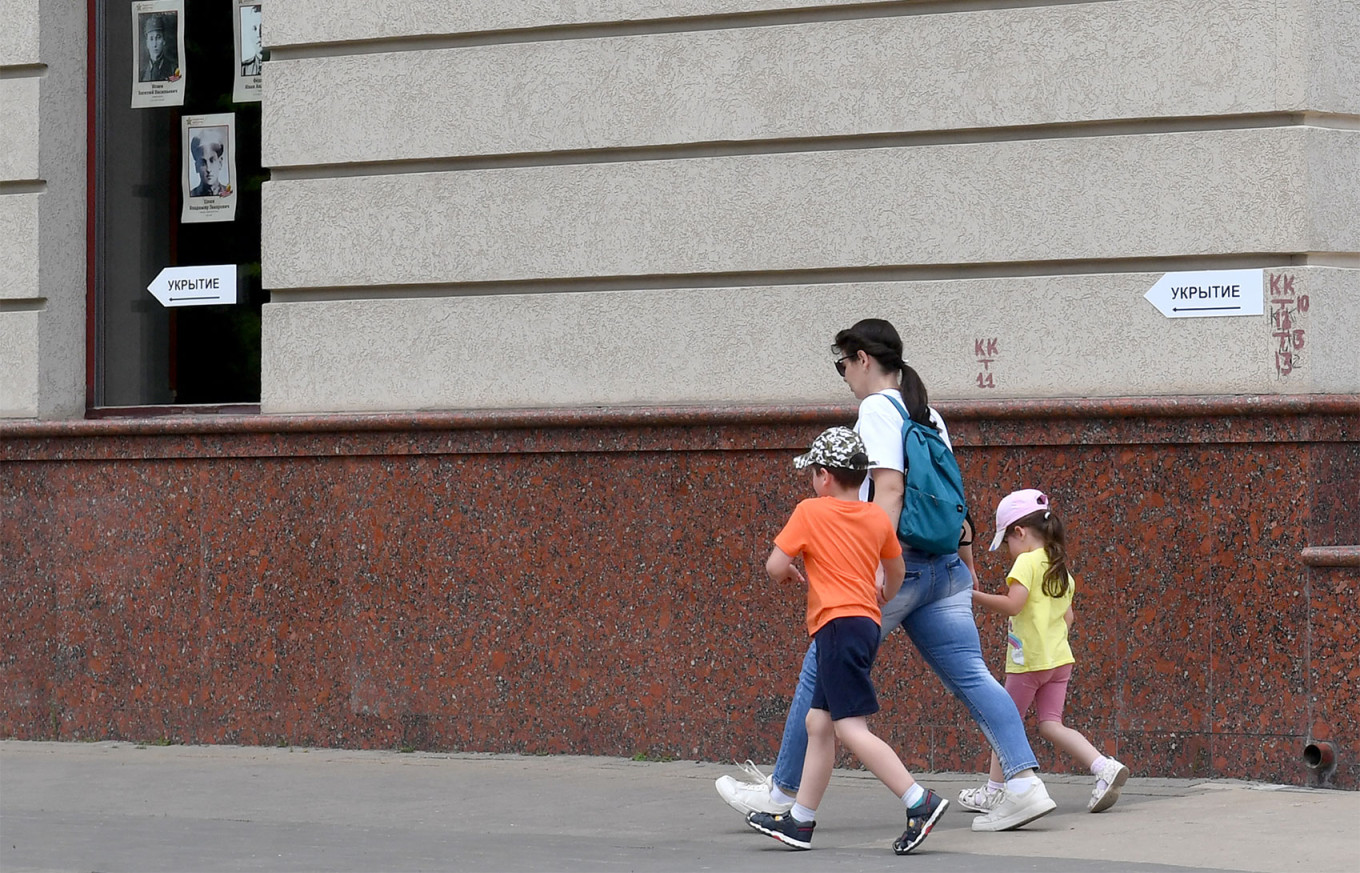
A woman and children walk past a sign pointing to the direction of a bomb shelter.
Olga Maltseva / AFP
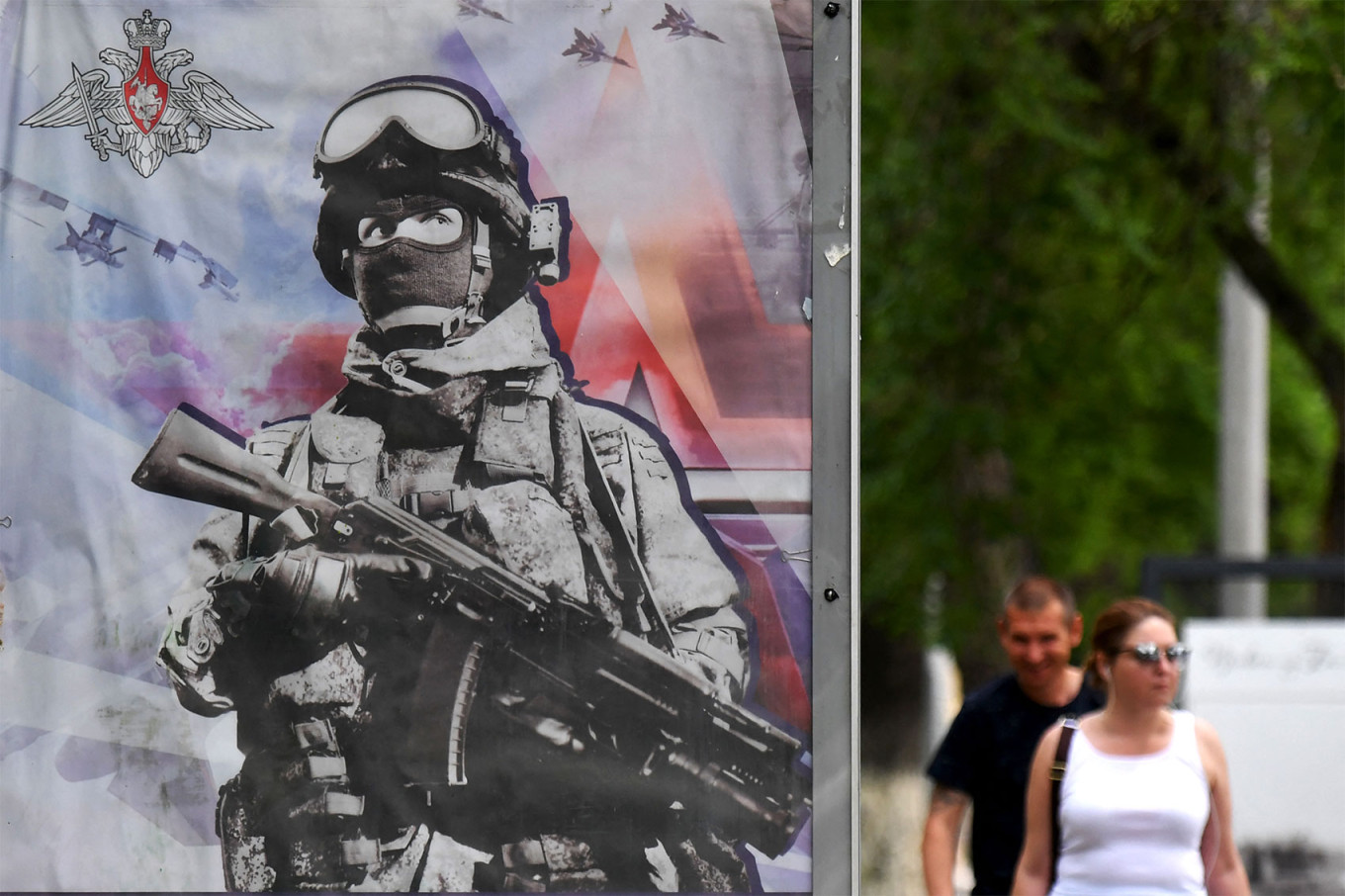
A billboard in Belgorod promoting contract military service.
Olga Maltseva / AFP
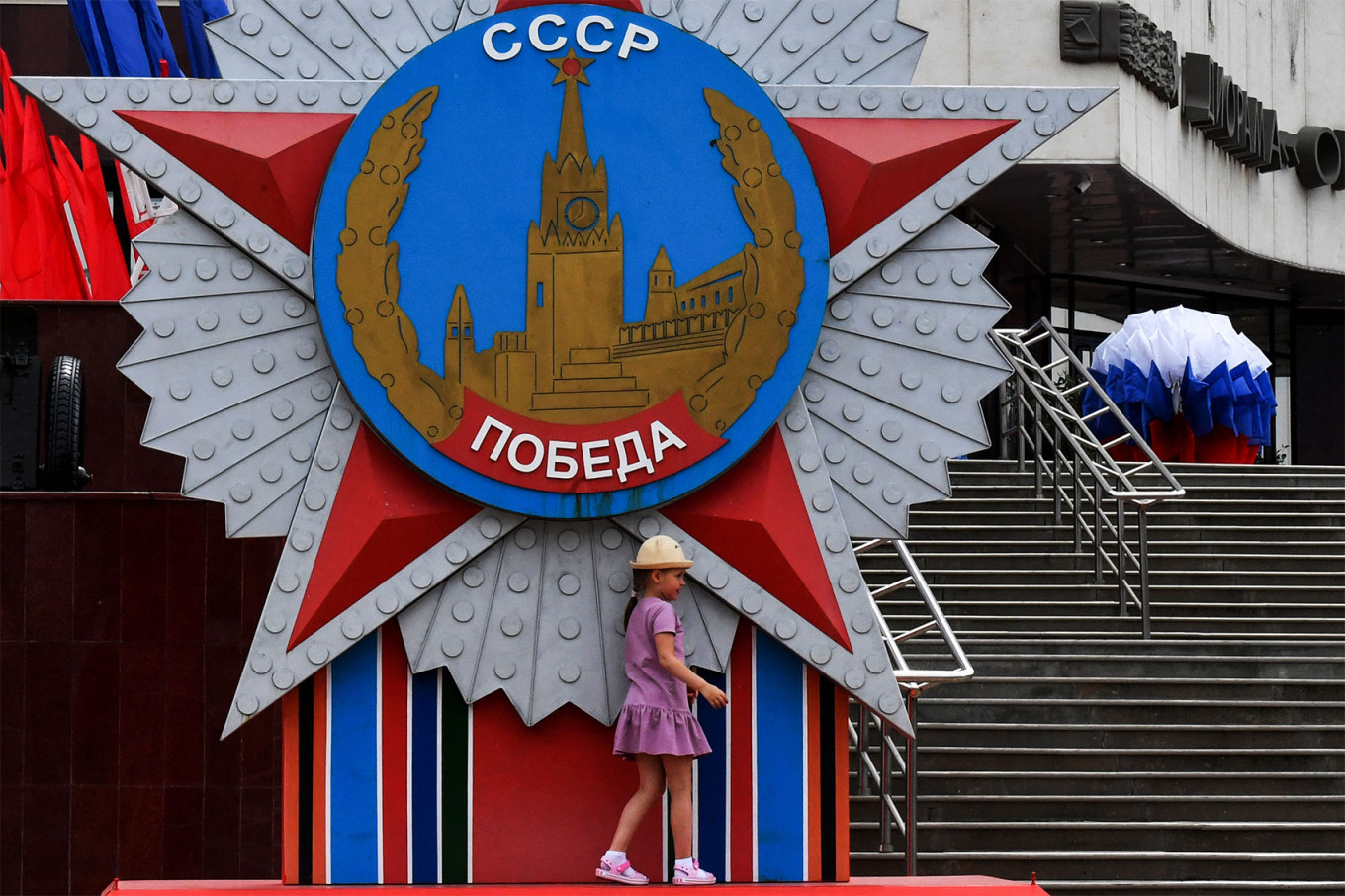
A girl in Belgorod walks past the World War II history museum "Fiery Arc," dedicated to the July 1943 Battle of Prokhorovka, one of the largest tank battles in history.
Olga Maltseva / AFP


